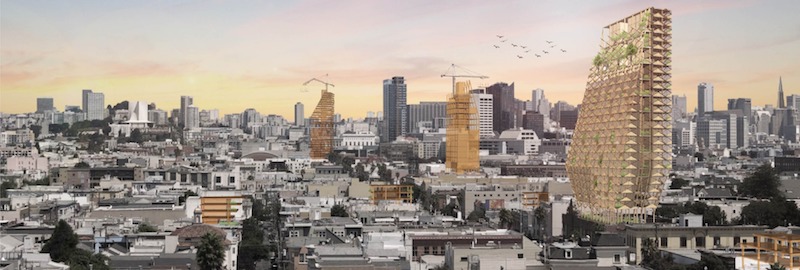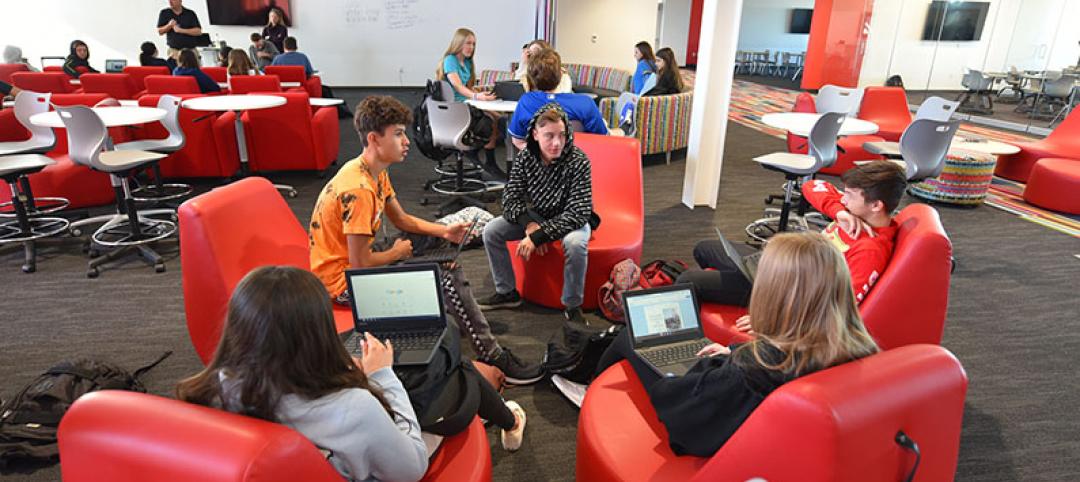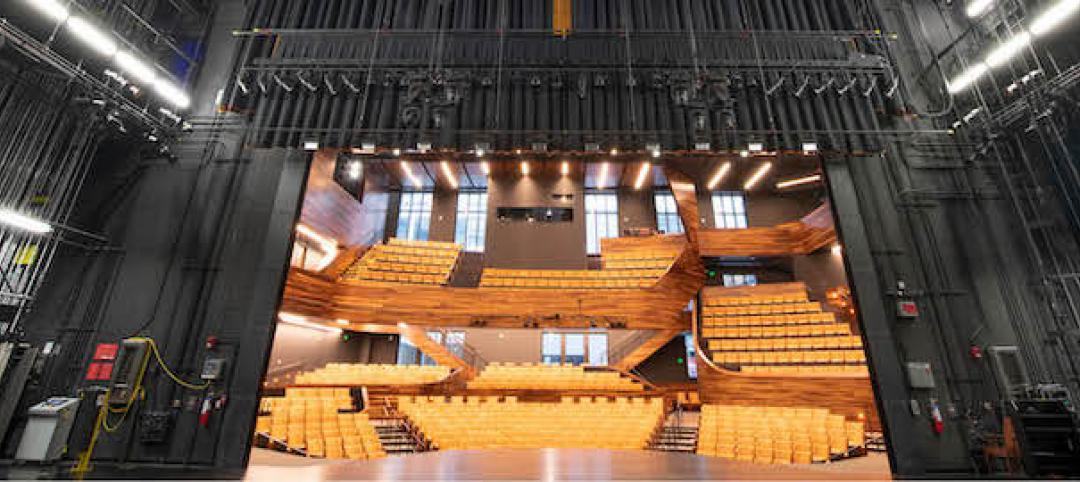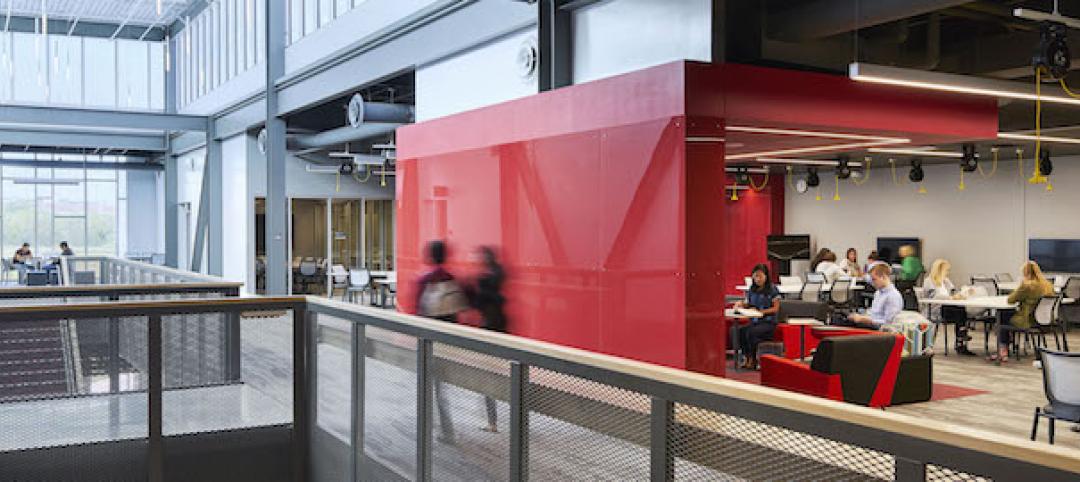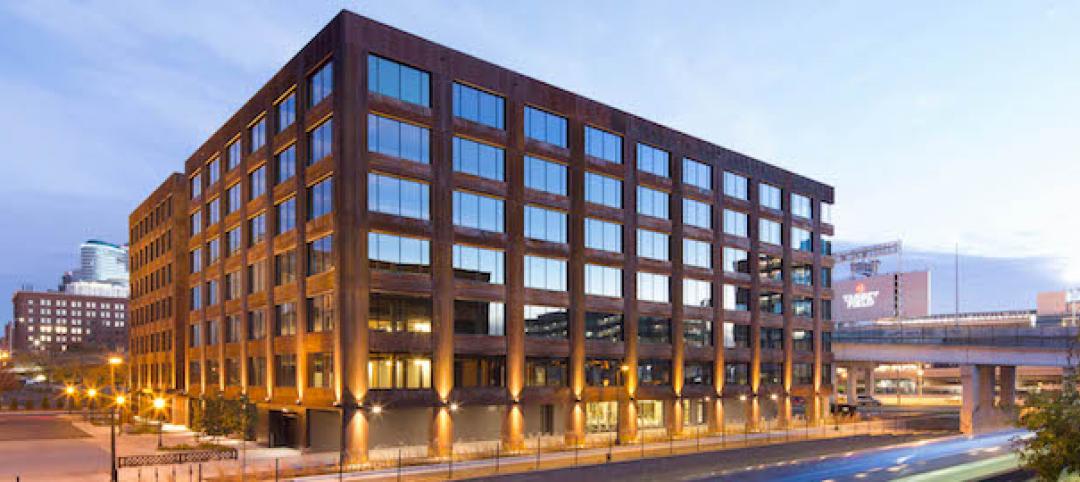San Francisco is currently experiencing a housing crisis that threatens its vitality. By 2030, the city’s population is estimated to increase by 150,000 people while adding only 16,000 new dwelling units. The gap between the amount of housing needed and housing provided for residents has widened for decades, due to both limited developable land and hesitance to densify the city. This has led directly to ballooning housing costs and has challenged two of the city’s most valuable resources: its community and culture.
Historic neighborhoods such as the Mission District have become battlegrounds of cultural identity and gentrification. Low-income residents are vulnerable targets for displacement, while consequential existing buildings are under constant threat of demolition due to both deterioration and new construction.
Our concept design for Mission: Housing showcases mass timber products as a tool for alternative development, providing additional housing in the heart of the city that does not require demolition of existing structures or displacement of existing residents. The El Capitan Theater & Hotel, built in the Mexican Baroque Churrigueresque style, is one of many exquisite yet neglected historic resources at risk. The original theater was demolished and used as a parking lot, while the hotel was converted into a single resident occupancy (SRO) dwelling. Building atop the original building with strategic intrusions to the existing structure embraces the affordability of its current use while reconnecting the site to the surrounding community.
The building’s form directly responds to its context through tapering and shearing; it is sensitive to the existing life of the street while increasing density. The skin system references Churrigueresque patterning on the existing base, yet expands and shifts across its height to reveal lush gardens and an expanding array of delicate canopies.
The building’s original light well is extruded through the full height of the building, providing passive ventilation and natural lighting throughout the core. Communal spaces are provided for urban agriculture, irrigated by an in-house greywater purification system. This embedded horticulture purifies the air inside the building, provides nourishment for inhabitants, and strengthens San Francisco’s tradition of civic parks.
Responding to San Francisco’s Population Needs
A phased construction plan would afford flexibility dependent on need. Up to five phases respond to structural and geological concerns, and can be executed over 15 years to meet the city’s changing population. The phasing also offers a unique opportunity for residents and visitors of San Francisco to observe and learn from a transparent construction process, providing greater opportunities for civic engagement and education.
Why Mass Timber?
The adaptability of urban development could be revolutionized through the inherent strength of mass timber construction. Conventional concrete and steel construction is often impractical and expensive for multi-story units, and high-rise construction with traditional wood balloon framing is not possible due to the risk of rapid spreading fire in lightweight lumber, which could quickly collapse. This issue is not a vulnerability in heavy timber construction, since fire creates a layer of charred wood on the exterior and extinguishes the fire before the structural integrity of the system is compromised.
Our design for Mission: Housing applies to an innovative new composite floor system from products which are already available: It uses a concrete topping with steel shear plates embedded into laminated veneer lumber floor panels, allowing for longer spans. Sandwiched joists in this floor design permit the bottom panel to be removed and replaced in the event of fire damage, enabling the building to be reoccupied quickly after a fire event. Additionally, heavy timber columns employ steel plate connections that minimize shrinkage between floors. Since the construction process uses a prefabricated panel kit-of-parts approach, this solution is highly efficient and flexible for growth.
Flexibility is enhanced by the lateral force resistance of post-tensioned laminated veneer lumber rocking shear walls, which can be recalibrated as necessary to maintain optimal strength or resolve shifts in structure after an earthquake. The high compressive capacity of these wall panels makes them incredibly resilient, handling large seismic forces while exhibiting minimal damage.
Flexible Programming
The unit’s modular design allows for dwellings of any size to be easily defined, allowing families and homes to grow in tandem. Creating narrower, multi-level units densifies the building and provides a variety of dwelling typologies. The modules can be changed over time depending on resident’s needs, adding stories as families grow. This aggregational method also works in conjunction with the building’s phasing.
Historically, urban growth has been obstructed by the false dichotomy between preservation and progress—but this no longer needs to be the case. The variety of mass timber technologies facilitates a strong and diversified strategy for sustainable evolution which can strengthen and mature the fabric of the city.
More from Author
DLR Group | Oct 30, 2024
Reasons to reinvent the Midcentury academic library
DLR Group's Interior Design Leader Gretchen Holy, Assoc. IIDA, shares the idea that a designer's responsibility to embrace a library’s history, respect its past, and create an environment that will serve student populations for the next 100 years.
DLR Group | Jan 8, 2024
DLR Group adds executive leaders
DLR Group Chief Executive Officer Steven McKay, AIA, RIBA, announced new executive leaders for the 100% employee-owned, globally integrated design firm.
DLR Group | Nov 30, 2023
A lasting housing impact: Gen-Z redefines multifamily living
Nathan Casteel, Design Leader, DLR Group, details what sets an apartment community apart for younger generations.
DLR Group | Nov 6, 2023
DLR Group opens office in Nashville, Tenn.
DLR Group is expanding its presence in the Southeast with the opening of an office in downtown Nashville, Tenn.—a collaborative effort led by DLR Group Principals Matthew Gulsvig, AIA, LEED AP, and Randall Coy.
DLR Group | Jan 27, 2021
Selecting indoor air quality monitors to maintain healthy spaces
In searching for an indoor air quality monitor, most devices will measure a combination of temperature, relative humidity, carbon dioxide, particulate matter, and total volatile organic compounds.
DLR Group | Sep 1, 2020
The rise of inquiry-based learning in K-12 communities
Inquiry-based education offers a methodology that does not rely solely on the educator being the lead in all learning.
DLR Group | Aug 31, 2020
Reopening campus performance arts centers
Live productions, which offer students the opportunity to hone their skills with true audience feedback, currently pose health risks for students and faculty.
DLR Group | Jun 11, 2019
The power and possibility of adaptive reuse
Building reuse generally offers greater environmental savings than demolition or new construction.
DLR Group | Apr 29, 2019
A look ahead to learning in 2050
Fast forward to the year 2050 and beyond, and imagine what education looks like.
DLR Group | Aug 31, 2018
The building data analytics revolution in three acts
Increased transparency of operational building data is impacting accountability.

